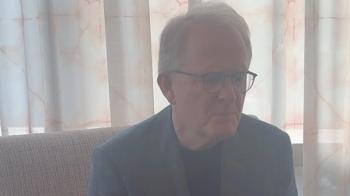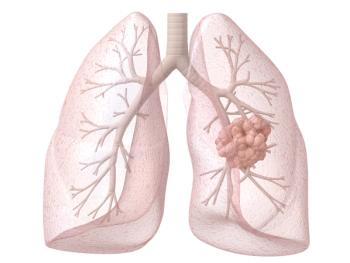
- Oncology Vol 28 No 1S
- Volume 28
- Issue 1S
(P142) Complementary and Alternative Medicine in Radiation Oncology Training: From a Resident’s Perspective
Today’s health care system is evolving in its approach to the management of an ethnically diverse population, as it continues to struggle with the imperative of providing cost-effective care. This study attempts to assess the level of knowledge and interest current residents have in CAM teachings, with the goal of eventually incorporating such evidence-based study into training curriculum.
Mamta Singhvi, MD, Malcolm Taw, MD, Steve P. Lee, PhD, MD; University of California, Los Angeles
Background: Today’s health care system is evolving in its approach to the management of an ethnically diverse population, as it continues to struggle with the imperative of providing cost-effective care. Up to 90% of patients report utilizing some form of complementary and alternative medicine (CAM), such as supplements, acupuncture, or meditation, during their cancer journey. Integrative medicine (IM) is a field of study seeking to combine these nonconventional approaches with conventional methods to patient care by focusing on the least invasive, least toxic, and least costly methods to facilitate overall health. Despite the ubiquity of CAM, such teachings are not adequately covered in radiation oncology training programs. The glaring deficiency in education adversely affects both patients, as they seek optimal holistic care, and clinicians, as they begin their independent careers. This study attempts to assess the level of knowledge and interest current residents have in CAM teachings, with the goal of eventually incorporating such evidence-based study into training curriculum.
Methods: A seven-question survey was developed, and study design was approved by the UCLA institutional review board (IRB). The questionnaire was electronically delivered through a free portal to radiation oncology chief residents across the country, with a request to disseminate the same amongst their colleagues. All trainees in the discipline were requested to participate. The aim of the study and the fact that participation was voluntary and that responses would be kept anonymous were explicated in the introduction. Aggregate data were downloaded and compiled.
Results: Completed surveys from 145 of 577 total trainees were received, representing 51 of 87 accredited residency programs. Half of all respondents felt that their patients did not feel comfortable seeking their advice on the subject, and 70% did not consider themselves adequately informed on CAM for their professional work. Overall, 85% residents harbor an interest in IM, and about 75% wish to learn more during residency training.
Discussion: To our knowledge, this study provides the first national assessment of trainee attitudes toward CAM, as previous studies have focused more broadly on medical students or practicing health care providers. As a substantial percentage of participants are interested in but not sufficiently educated on this subject, there is a need for formal training to be incorporated in our curriculum. Limitations of this study include the small number of total participants, with the question of whether or not this group is representative of the entire specialty. Additionally, findings regarding educational activities are inherently subject to memory bias. The current Accreditation Council for Graduate Medical Education (ACGME) program requirement for graduate medical education (GME) in radiation oncology has no mention of CAM. Academic programs are engines of innovation in education, with a mandate to produce well-rounded clinicians. Therefore, it is trainees who are in the best position to learn the evidence behind CAM techniques and safely integrate these approaches with current standards of care. The Arizona Center for Integrative Medicine may be an appropriate place to start, as it has developed a variety of targeted modules currently being employed at roughly 45 primary care training programs across the country.
Articles in this issue
Newsletter
Stay up to date on recent advances in the multidisciplinary approach to cancer.



















































































